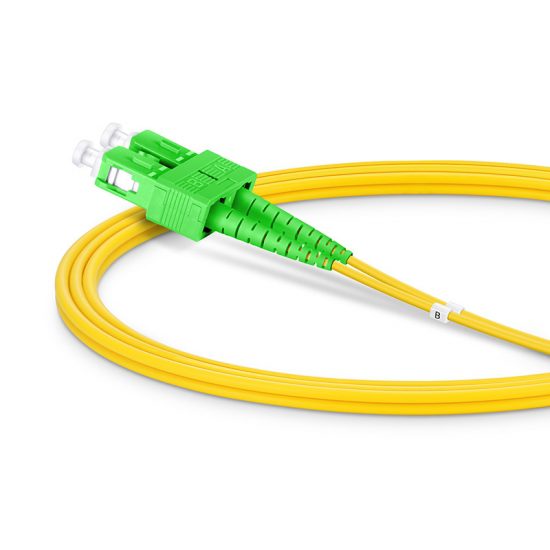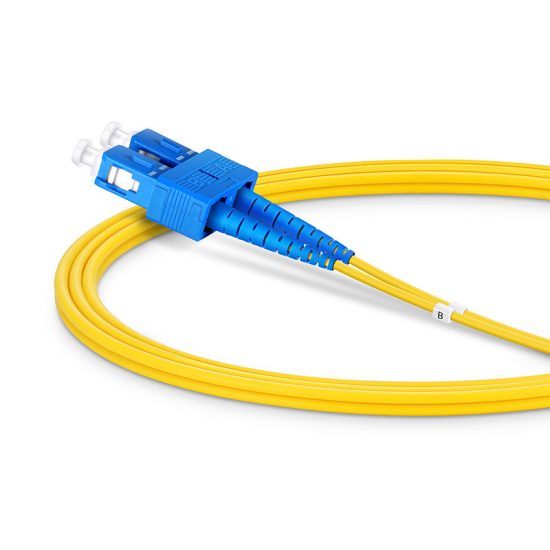Copper and fiber optic cables are both used for transmitting data, but they do so in different ways. Copper cables use electrical signals to transmit data, while fiber optic cables use light to transmit data.
One key difference between the two is the type of data they can transmit. Copper cables are typically used for analog signals, while fiber optic cables are used for digital signals. Copper cables are also limited in the amount of data they can transmit, while fiber optic cables have a much higher capacity.
Another difference is the distance that data can be transmitted. Copper cables have a limited distance for data transmission, typically around 100 meters for Ethernet cables. Fiber optic cables, on the other hand, can transmit data over much longer distances, up to 40 km or more without the need for signal boosting.
Copper cables are also susceptible to interference from external sources, such as electromagnetic interference (EMI) and radio frequency interference (RFI). This can cause data loss or errors. Fiber optic cables, on the other hand, are not affected by EMI or RFI, and so provide a more reliable and secure data transmission.
Fiber optic cables are also more durable and long-lasting than copper cables. Copper cables are vulnerable to wear and tear, and can be easily damaged by bending or crushing. Fiber optic cables, on the other hand, are made of glass or plastic fibers that are much more flexible and resistant to damage.
Fiber optic cables are also faster than copper cables. Copper cables have a maximum data transmission rate of 10 Gbps, while fiber optic cables can support data rates of 100 Gbps and higher.
Another important difference between copper and fiber optic cables is the cost. Copper cables are generally less expensive than fiber optic cables, both in terms of initial installation and ongoing maintenance. However, fiber optic cables can be more cost-effective in the long run, particularly when data transmission needs are high and distance is long.
In summary, copper and fiber optic cables are both used for transmitting data, but they do so in different ways. Copper cables use electrical signals and are typically used for analog signals, while fiber optic cables use light and are used for digital signals. Fiber optic cables have a higher capacity, can transmit data over longer distances, and are more reliable, durable, faster, and secure than copper cables. However, copper cables are less expensive than fiber optic cables.



